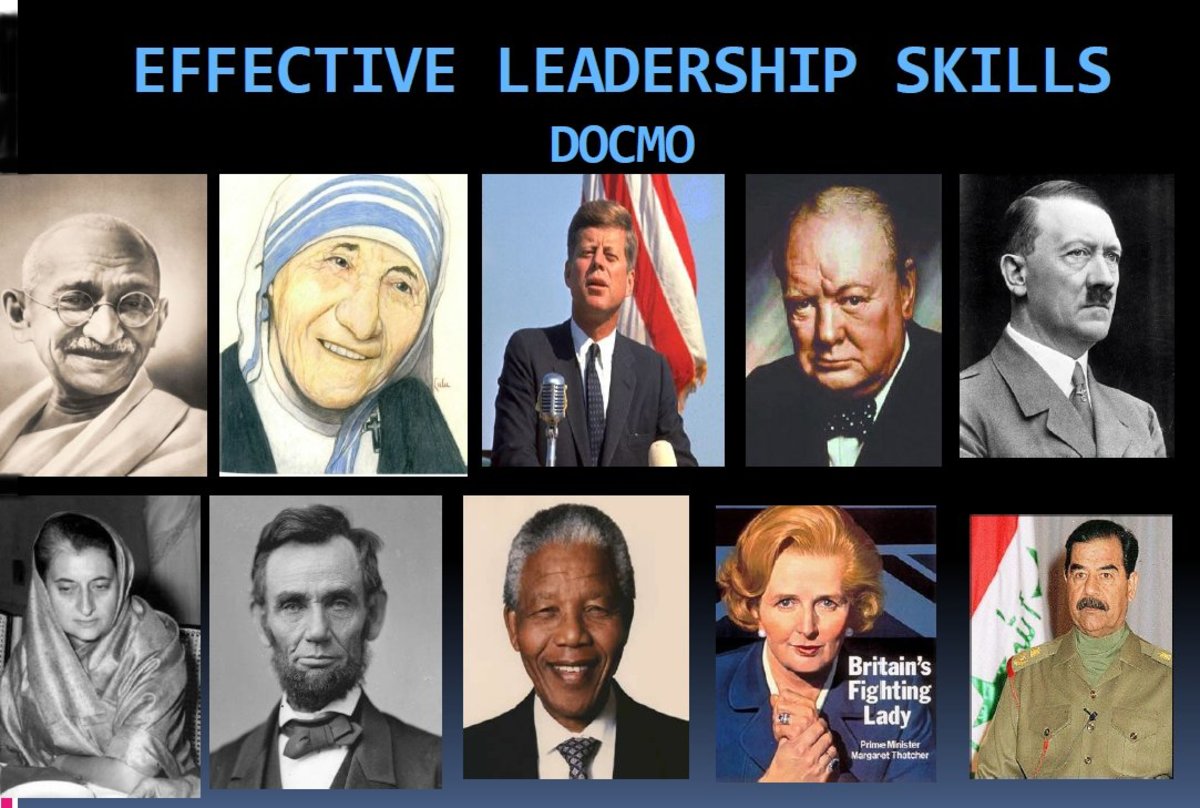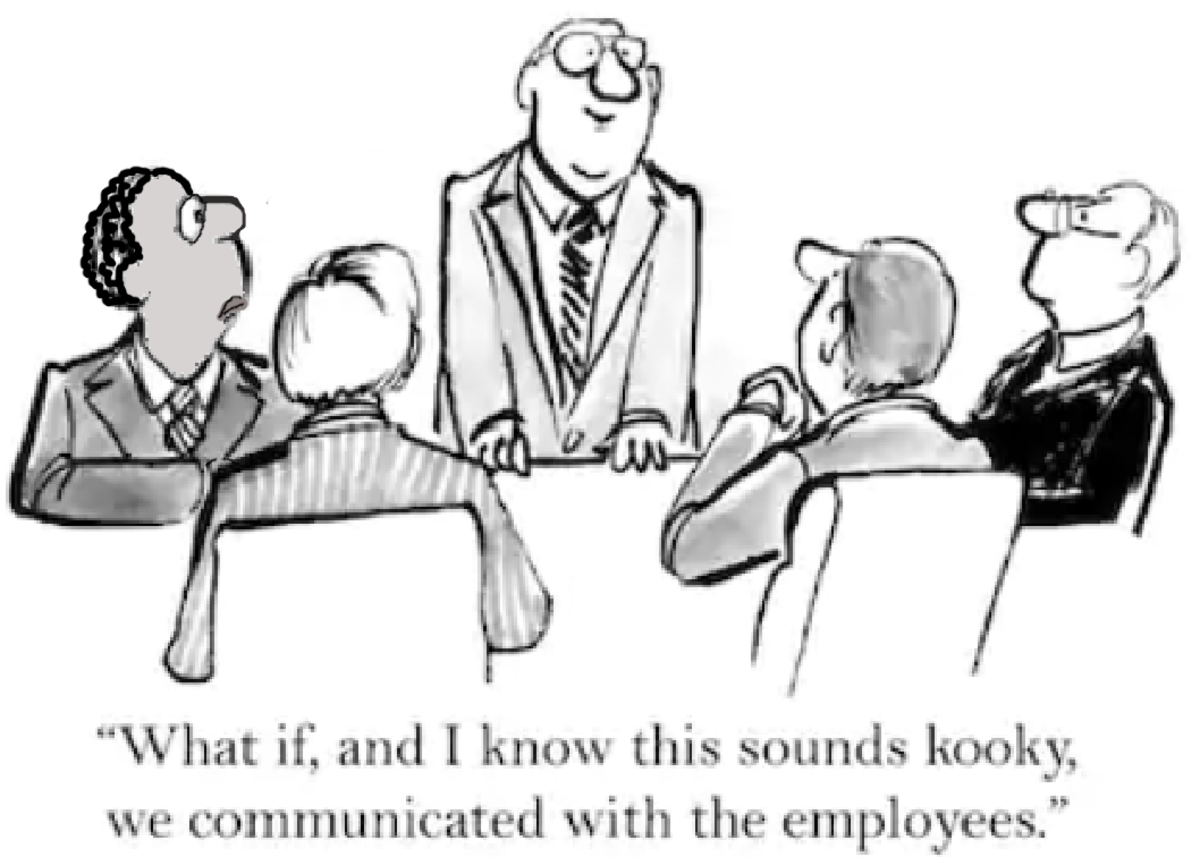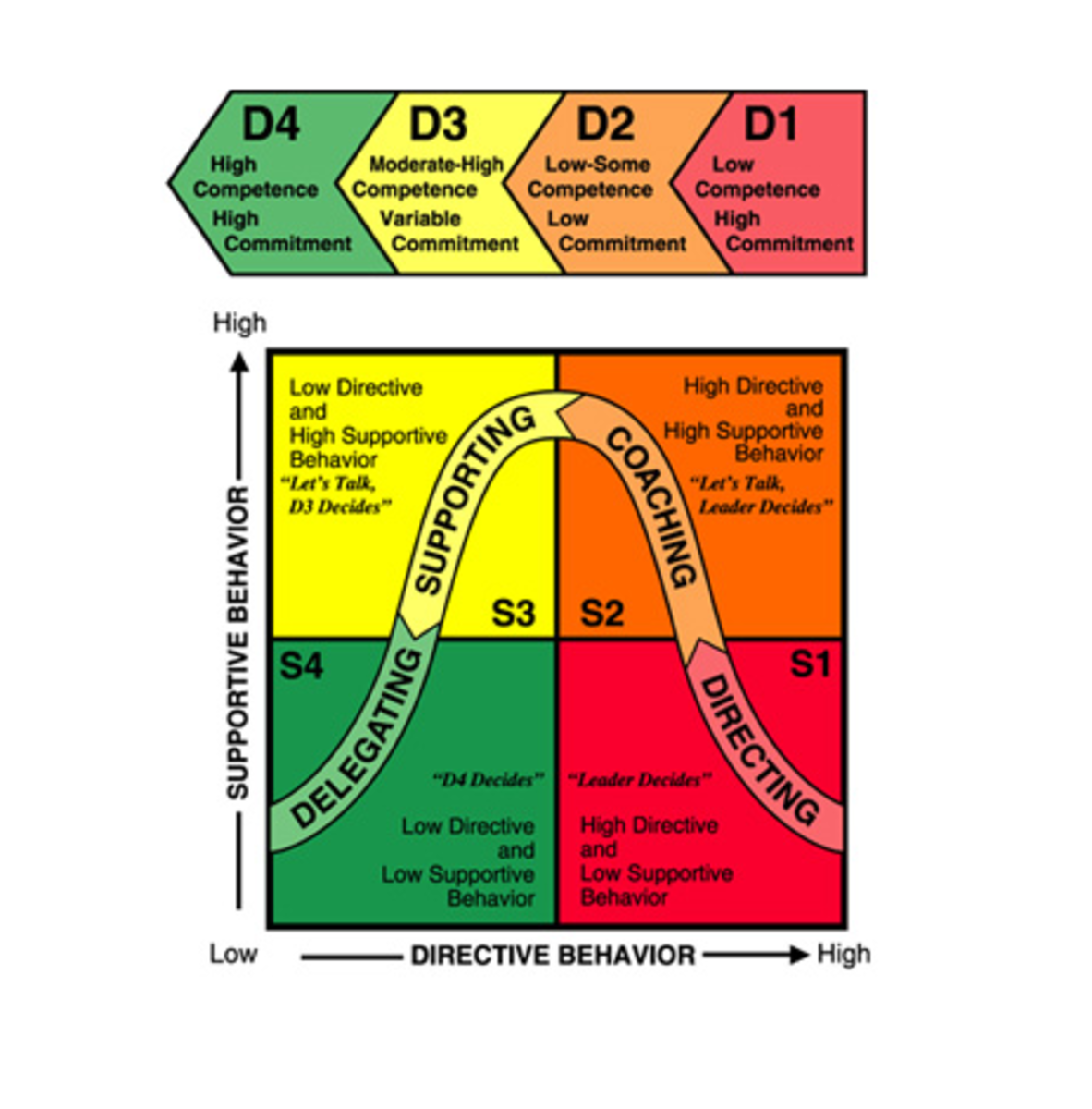Summary of New Thinking About Instructional Leadership

In their article, New Thinking About Instructional Leadership, Eileen Horng and Susanna Loeb (2010) address the topic of “high-quality leadership with positive school outcomes” in relation to what truly makes an educational leadership effective in a school environment.
They do this by comparing traditional ideas about leadership to the new ideas they are expressing in regards to organizational management.
According to traditional ideas on what makes an effective educational leader, the “teaching and learning aspects of school leadership,” (Horng & Loeb, 2010) such as teacher observations, feedback in regards to better instructional techniques, and one-on-one teacher instruction, will have a great impact on student learning.
However, in many studies completed by the authors, the opposite has proven to be true. These studies have shown that, in fact, the time these leaders have spent in teacher classrooms for observation and instruction rarely, if at all, have any impact on student performance and seem to have a negative impact on teacher performance.
“School leaders primarily affect student learning by influencing teachers’ motivations and working conditions” (2010).
Horng and Loeb (2010) define their new concept of effective leaders using organizational management as those managers that “are effective in hiring and supporting staff, allocating budgets and resources, and maintaining positive working and learning environments.”
In those schools with effective organizational managers, a great deal more academic improvement is seen and teachers feel more supported, trusted, and motivated to be successful in their classrooms.
Granted, these authors offered a great many more examples of their study outcomes proving this point, but those points previously stated provide sufficient support.
Consequently, Horng and Loeb (2010) show that strong educational leaders are those using organizational management to “support classroom instruction without providing that support directly to individual teachers. Instead, they develop a working environment in which teachers have access to the support they need.”

Reflection
The views expressed by Horng and Loeb in this journal article very closely relate to my own personal views on education and to those we are reading about in our text by Owens and Valesky.
In fact, this seems to be the basis on which our whole course is emphasizing. So far, we have discussed what it means to be an effective executive and the history behind all of the movements in education.
We have moved from a more traditional approach, not only in schools but in organizations, to a more progressive, individual-oriented viewpoint. This more progressive approach is the focus of Horng and Loeb’s article as well.
In a discussion on the organizational theory movement, Owens and Valesky (2011) show how this theory supports that “a properly structured organization will improve organizational performance” (pg.78).
They also define this theory as “when we seek to involve people more fully in making decisions that affect them, attend to their motivational needs more adequately, or increase collegiality and collaboration through teamwork” (pg.78).
With a more people-centered approach to organizational management, we are acknowledging people as individuals and showing them that we value their thoughts and feelings, ideas for innovation, and capability to fulfill their job requirements competently.
As Horng and Loeb (2010) have shown, under the leadership of an effective organizational manager, teachers are able to improve and thrive at a much greater rate than they would have on their own.
Quick Poll
What interested you in this article?
This is one reason I support a more non-bureaucratic way of running an organization. It is critical to provide students and teachers with a non-threatening supportive environment in order for them to really succeed.
From this social psychological perspective, Owens and Valesky (2011) show that “an extraordinarily powerful aspect of the environment is shaping and molding the behavior of participants is the culture and the climate provided by the organization” (pg.11).
I believe this to be true regardless of the type of organization represented, as this is even representative of the family organization. I don’t have any specific real life examples explaining my viewpoint, but only the research I have done and my negative experiences in a variety of organizations.
I know schools from an insider’s perspective as a classroom teacher and have felt the oppression from many an overbearing and unethical administrator. I have also experienced this at home as a child with overbearing and at times abuse parents.
Having longed to be able to stretch and grow and be a part of the organizational process or at least considered for my experience, thoughts and feelings, this seems to be the way that rings true to me.
I wholeheartedly stand behind an organizational structure that supports the individuals involved for their thoughts, feelings, expertise, innovational ideas, and needs.
I realize that there does need to be a defined leader and roles for each person within for some sort of structure and for boundaries within, but agree that a positive and supportive culture need be created as a first priority in order to achieve such.
References
Horng, E. & Loeb, S. (2010). New Thinking About Instructional Leadership. Phi Delta Kappan, (92)3. Retrieved March 31, 2012, from http://web.ebscohost.com.ezproxy.liberty.edu:2048/ehost/pdfviewer/pdfviewer?vid=3&hid=10&sid=c456f1a7-8f77-48e3-8639-66ba53a7134a%40sessionmgr10.
Owens, R. & Valesky, T. (2011). Organization behavior in education: Leadership and school reform (Tenth edition). Upper Saddle River, NJ: Pearson Education Inc.
Quick Poll
What did you think of this essay? Was it helpful to you?
Related Articles
© 2013 Victoria Van Ness









